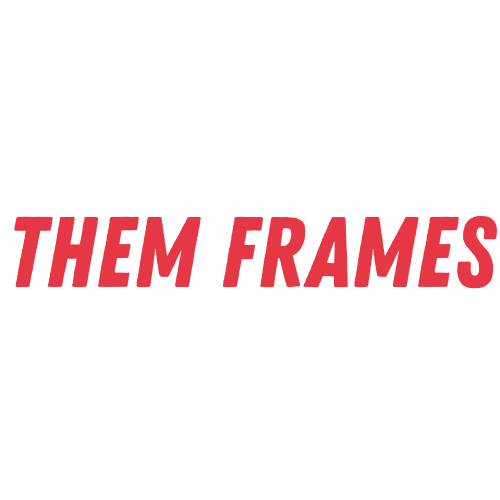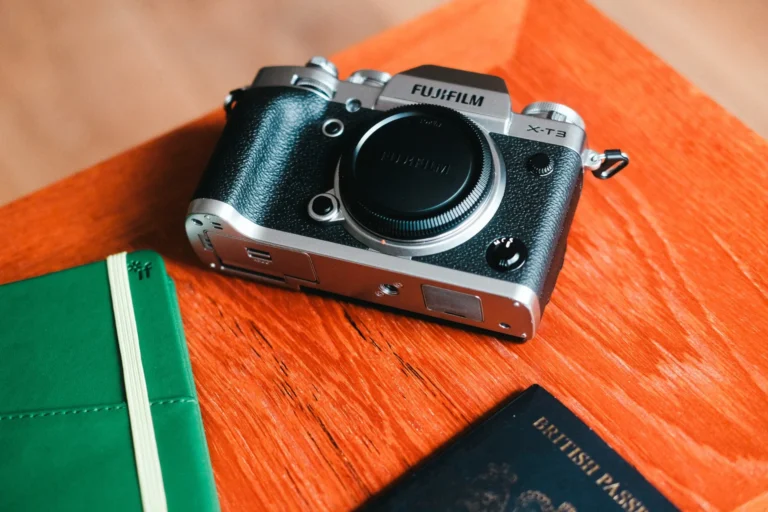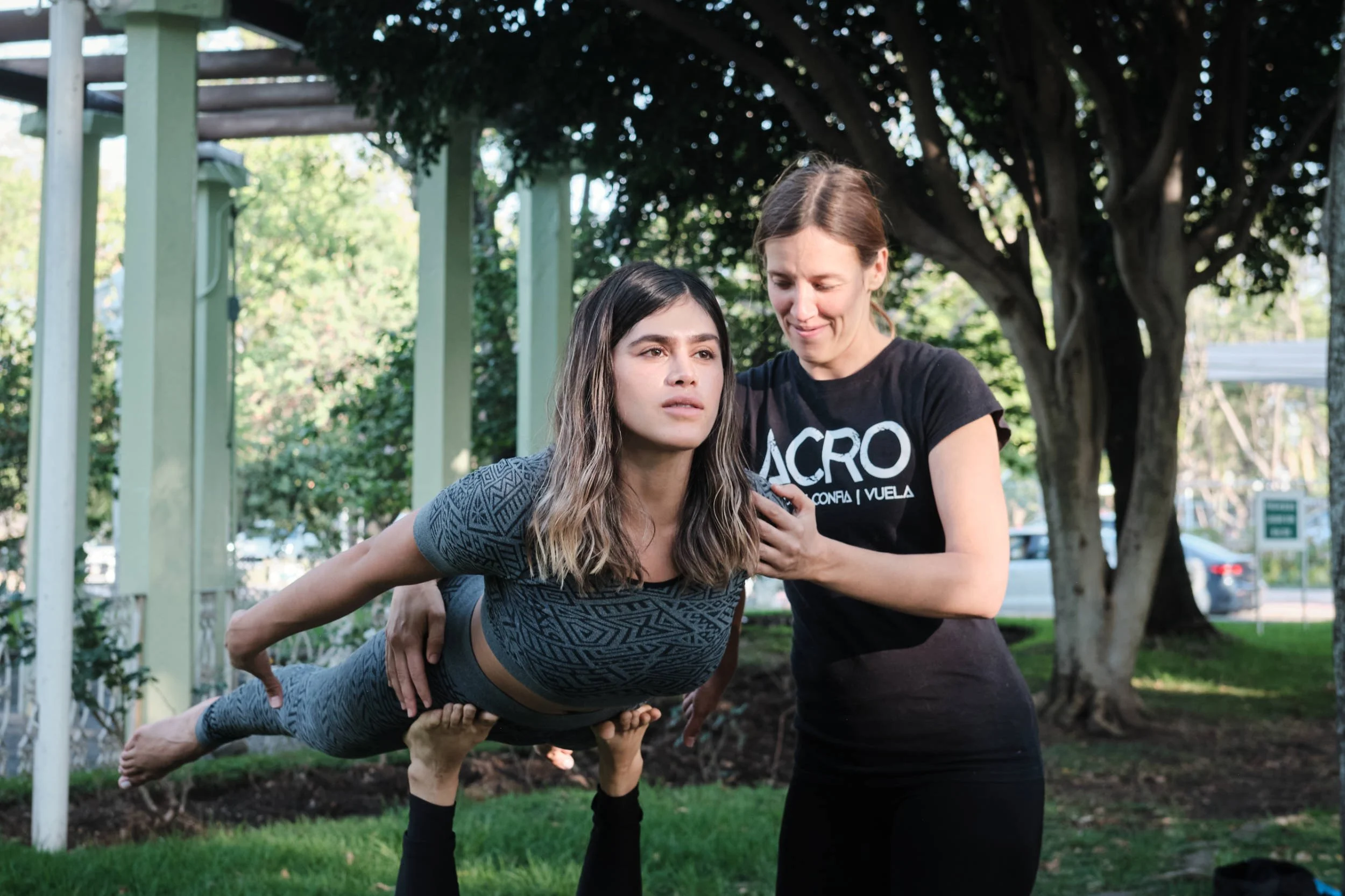
This article shows you how to photograph yoga. If you’re thinking of photographing a yoga class, read this before you do.
Yoga brings several benefits to individuals and local communities. It promotes a healthy body and mind, and it also brings people together and generates social activity with other humans. I recently had the pleasure of attending a local yoga class, which took place in the park on a Friday afternoon. The weather was perfect, a soft sun illuminated the earth and the temperature was like a wonderful day of spring. With my camera and lenses in my bag, I set off on foot to document the class.
Because group activities are different, there’s no one way to capture them with your camera. Each environment brings unique circumstances and to document effectively you must be able to adapt. Different personalities and different actions lead to very different photographs. So if, for example, you have photographed a meditation retreat, it doesn’t mean you’ll know how to photograph yoga classes.
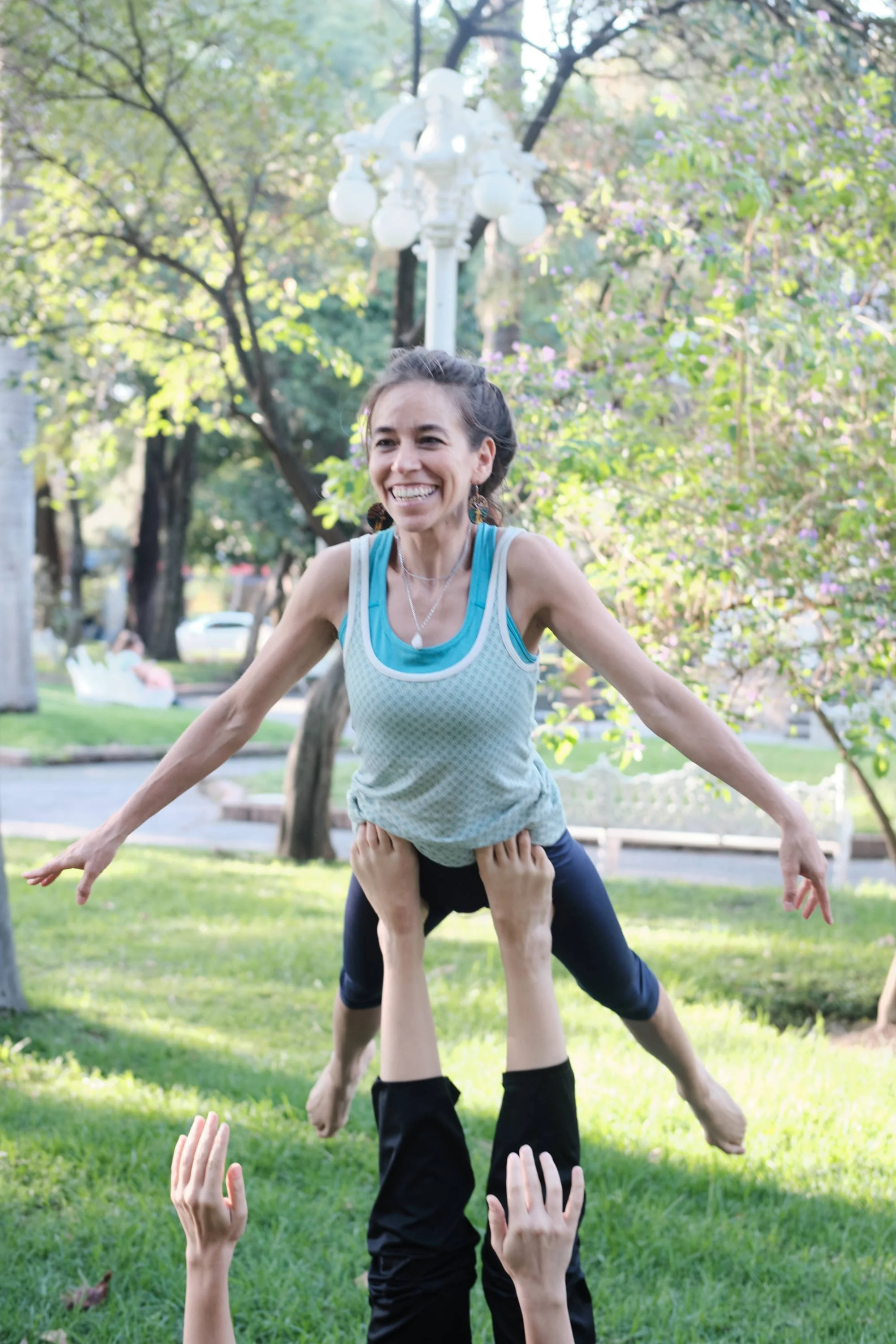
There are, however, certain techniques, both with how you act and how you use your camera that help with building the foundations of good photographs. Below I will share my approach to photographing a yoga class, which you can use should you ever find yourself in a similar situation.
The suggestions focus on how to conduct yourself as a photographer and how to identify the things you should photograph when attending a yoga class.
How to Photograph Yoga: Become Familiar
Yoga classes tend to be small, intimate affairs. If it’s the first time this particular class has used a photographer, for some of the attendees it may feel strange practicing yoga while a stranger photographs them.
A good rule is to introduce yourself and ask if anyone in the class would prefer for you not to photograph them. If anyone does object, respect their wishes and allow them to enjoy their practice. Then explain why you’re at the class and give them reassurance you will respect their space while you make photographs. On that point, it’s good to take a telephoto zoom lens so you can photograph without being a distraction.
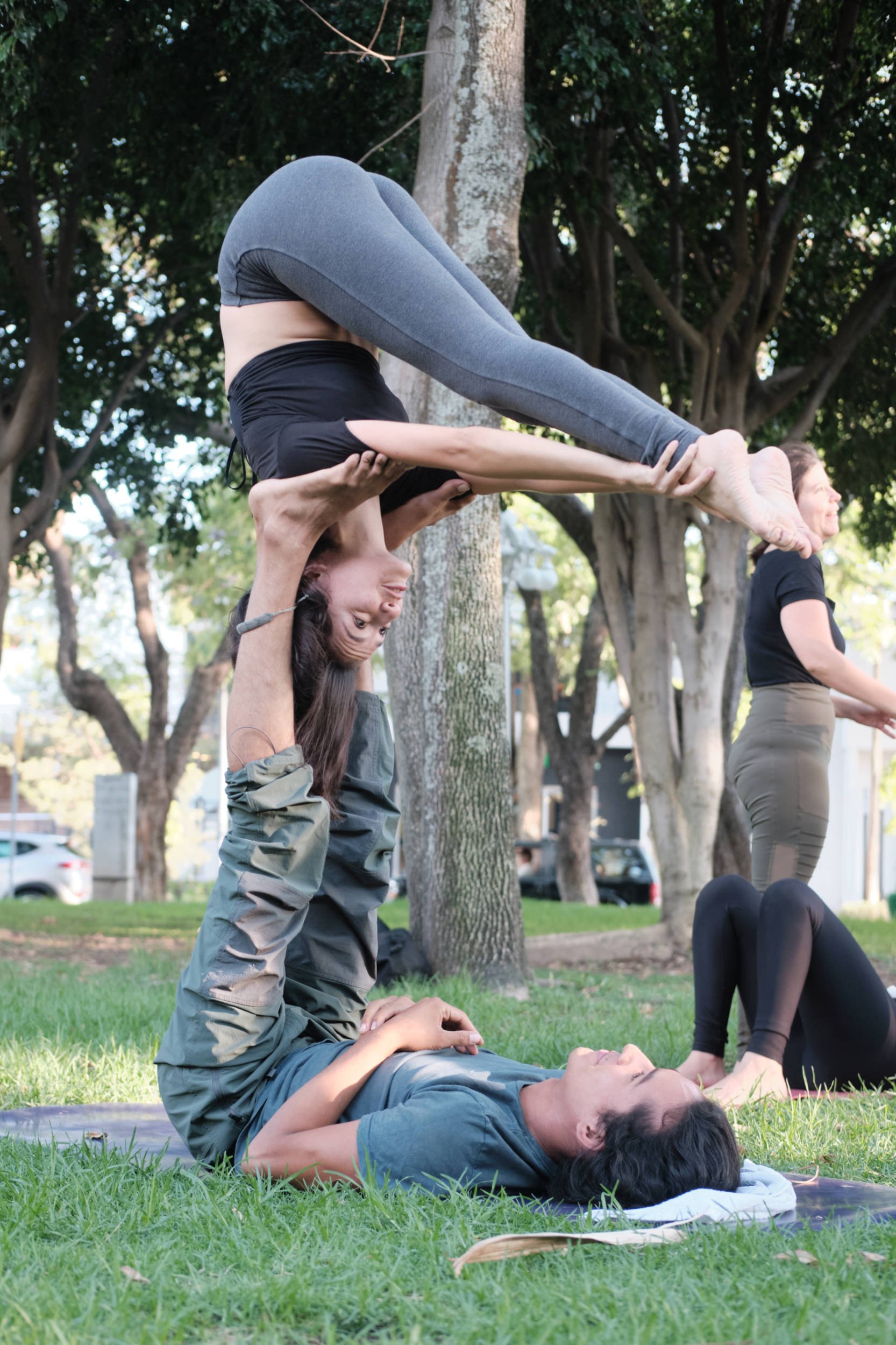
It’s a good idea to dress as if you were taking part in the yoga class. Sharing identity will make others feel like you’re part of the community and you won’t stand out as much. Most yoga classes start with a warm up, to build trust and make people warm to you, ask the instructor if it’s okay for you to join in the warm up, they’ll likely appreciate you asking.
How to Photograph Yoga: Avoid Vulnerabilities
No part of yoga intends to be provocative (although sections of the media have done their best to make it that way.) With that said there are certain poses that are exposing and could be sexualized by the wrong photographer. Even if that’s not you, when a woman is spreading her legs or bending over into a pose, put your camera to one side.
There’s a chance, if you’re a male photographer, that female attendees will worry you have bad intentions or are looking to sexualize their practice. By putting your camera to one side at the right moment you send a message that you understand the right and wrong time to capture, which should give them peace of mind.
How to Photograph Yoga: Focus on Teamwork
The yoga class I was photographing practiced Acroyoga. While the poses are certainly impressive and perfect for photographing, there was something else that caught my eye. Most attendees were not advanced yogis. A lot of the poses involved trial and error, and most of all, support from fellow attendees.
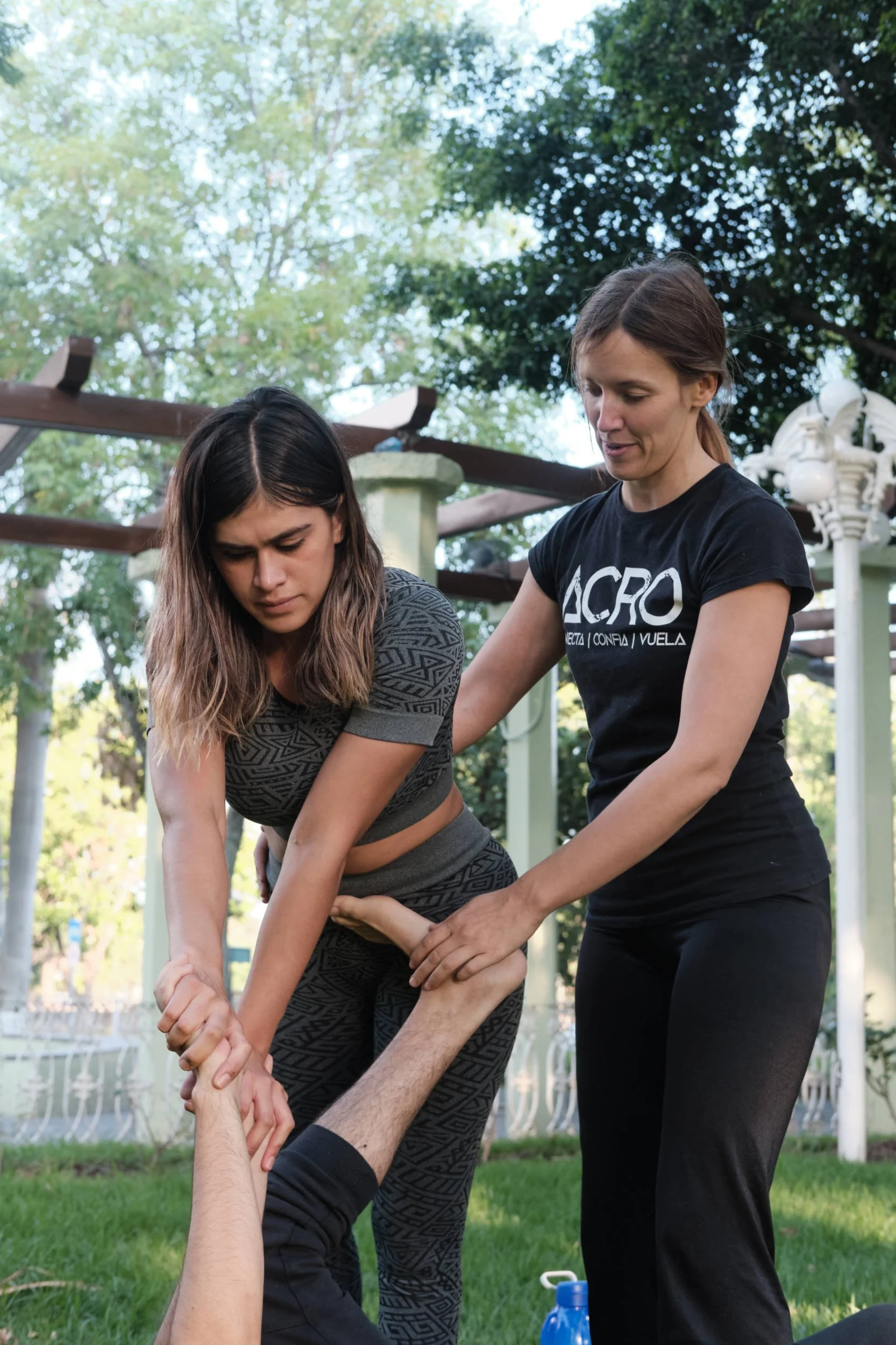
It was beautiful watching humans come together and help each other perfect each pose. Documenting this meant I could start to tell a story with my images. Beyond the final pose, people could see patience, support, and unity—something I felt honored to capture.
How to Photograph Yoga: Capture Imperfections
Achieving the perfect pose is a process. It takes many hours of practice before one reaches perfection, while some will say nobody is ever perfect. While you shouldn’t aim to humiliate a person who falls over or can’t quite move their leg where it needs to be, you can document the imperfect parts of the process while still ensuring you show your subject respect.

You can respect a person’s dignity by photographing the struggle and by avoiding photographing the part where they fall over. Also, don’t make eye contact, photograph in a way that makes them feel you’re not there.
How to Photograph Yoga: Show People Having Fun
There is a little misconception about the yoga community. People think its members take themselves too seriously, and that’s really not the case. Beyond the health benefits, people are there to have fun. It’s a good way to break away from the normalities of life and forget about the world for an hour or two.
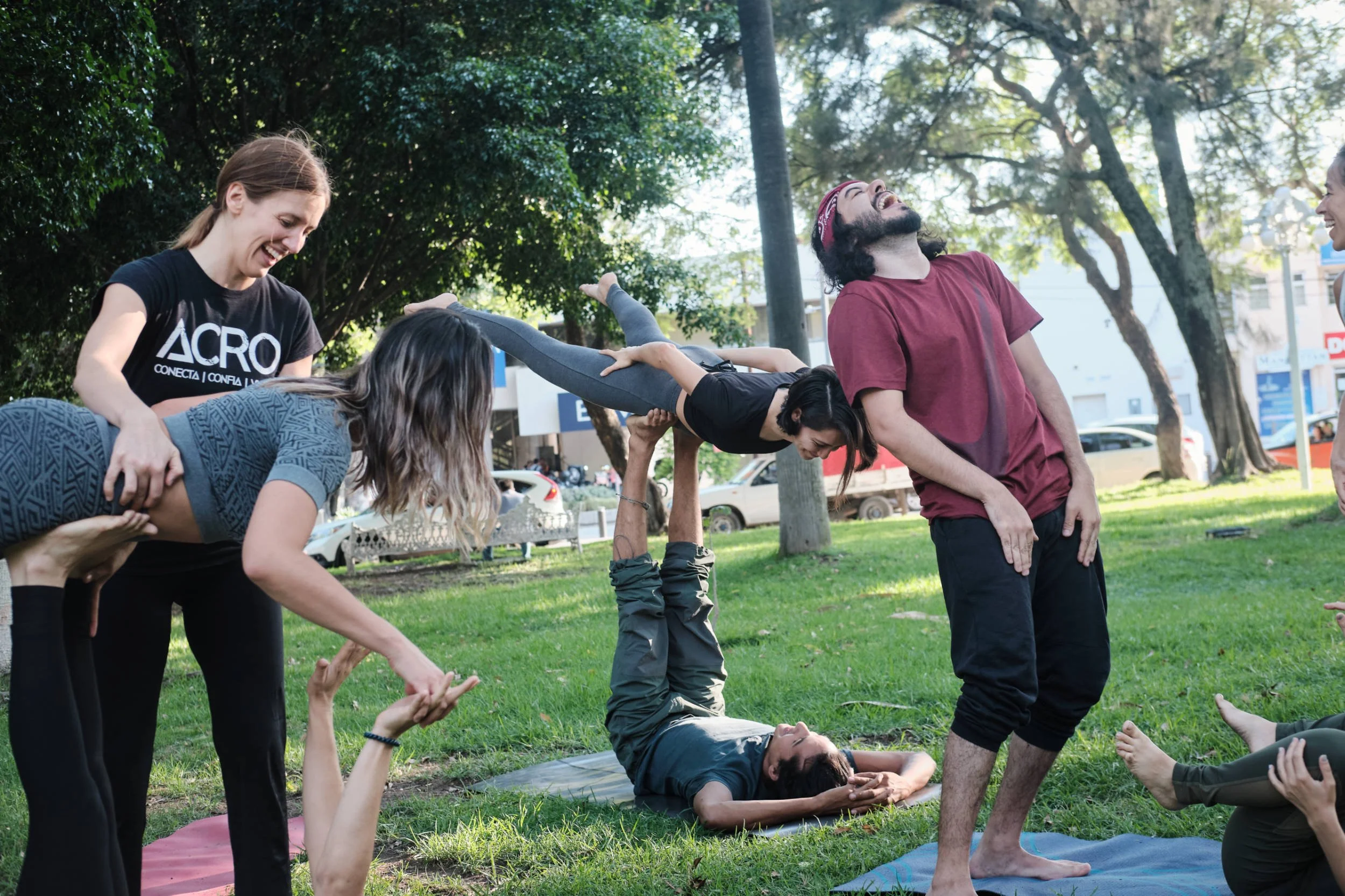
Attend any yoga class and you’re sure to see lots of laughter and people having a jolly good time. Ensure you capture those moments and incorporate them into your final series of images.
Photograph the Perfections
While it’s important to capture the nuances of yoga, do ensure you capture people nailing the pose. Watching someone fully embrace the pose and pull it off shows how incredible yoga can be. Do your best to ensure you get at least one photo of each of the attendees, as most of them would love to see a photo of themselves doing it right.

Final Thought
By photographing imperfections, fun, and perfection you can tell a story and give it to the attendees. Showing them the full process will hopefully give them a little confidence boost, or at the very least something to look back on and be fond of. It also shows others what to expect when attending a yoga class.
Yoga is as spiritual as it is physical and people trusting you to come into their intimate environment should be worn with a badge of honor. Remember to always be respectful and show good intentions.
Now that you know how to photograph yoga, the only thing left to do is find a class in your local area and make contact. If you’re feeling nervous about taking the leap, don’t be. Instead, take the photography risk and push yourself outside of your comfort zone.
